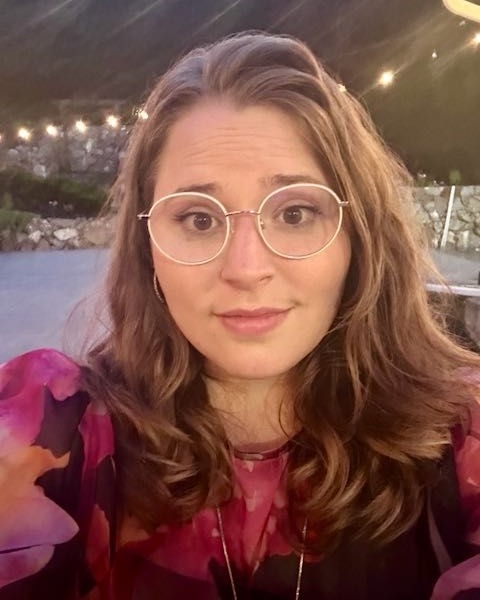Clinical genetic testing
Education and public understanding of genetic science
Patient-provider communication
09- Demographic Associations with Genetic Familiarity and Self-Efficacy: Implications for Genetic Testing for Hereditary Cancers
09- Population Differences in Genetic Literacy and Interest in Genetic Testing for Hereditary Cancer Syndromes Among a US Based Sample
Tuesday, June 11, 2024
5:00 PM – 7:00 PM ET
Location: The Gallery

DaLaina Cameron (she/her/hers)
Business & Fiscal Operations Lead
University of Washington
Seattle, Washington, United States
Presenter(s)
Genetic testing for hereditary cancer risk (GT) facilitates early cancer detection and intervention, yet uptake remains low. Lack of familiarity with genetics and low confidence in one’s ability to utilize results (self-efficacy) are known barriers to GT. However, less is known about which demographics are associated with genetic familiarity, self-efficacy, and ultimately, interest in genetic testing.
Using the Early Detection of GEnetic Risk (EDGE) patient baseline survey (n= 2,319), we ran logistic regression models to investigate three outcomes: genetic familiarity, genetic self-efficacy, and interest in GT. For all outcomes, we examined associations with demographic variables such as age, gender, income, education, and health literacy. For GT interest, we also examined the association between genetic familiarity and self-efficacy.
Individuals with higher socioeconomic status had greater odds of high genetic familiarity and self-efficacy in both univariate and multivariate analyses. This pattern held true for interest, where high SES was associated with high interest in GT. In univariate analyses, genetic familiarity (OR: 2.35, 95% CI: 1.77-3.13), genetic self-efficacy (OR: 1.82, 95% CI: 1.36-2.44) and health literacy (OR: 1.90, 95% CI: 1.45-2.49) were significantly associated with high interest in GT. However, after adjusting for demographic factors, these associations were no longer significant. In contrast, being high income (OR: 1.67, 95% CI: 1.24-2.26), older (OR: 0.54, 95% CI: 0.36-0.79), and female (compared to male) (OR: 1.56, 95% CI: 1.18-2.05), remained significantly associated with interest.
Although self-efficacy and genetic literacy have been implicated as drivers of GT interest, our findings suggest that these associations are confounded and that income, age, and gender play a greater role. Understanding these drivers is critical to designing interventions that improve access to GT.
Authors: DaLaina Cameron, University of Washington; Emerson Dusic, University of Washington; Tesla Theoryn, University of Washington; Faith Beers, University of Washington; Catharine Wang, Boston University; Elizabeth Swisher, University of Washington
Using the Early Detection of GEnetic Risk (EDGE) patient baseline survey (n= 2,319), we ran logistic regression models to investigate three outcomes: genetic familiarity, genetic self-efficacy, and interest in GT. For all outcomes, we examined associations with demographic variables such as age, gender, income, education, and health literacy. For GT interest, we also examined the association between genetic familiarity and self-efficacy.
Individuals with higher socioeconomic status had greater odds of high genetic familiarity and self-efficacy in both univariate and multivariate analyses. This pattern held true for interest, where high SES was associated with high interest in GT. In univariate analyses, genetic familiarity (OR: 2.35, 95% CI: 1.77-3.13), genetic self-efficacy (OR: 1.82, 95% CI: 1.36-2.44) and health literacy (OR: 1.90, 95% CI: 1.45-2.49) were significantly associated with high interest in GT. However, after adjusting for demographic factors, these associations were no longer significant. In contrast, being high income (OR: 1.67, 95% CI: 1.24-2.26), older (OR: 0.54, 95% CI: 0.36-0.79), and female (compared to male) (OR: 1.56, 95% CI: 1.18-2.05), remained significantly associated with interest.
Although self-efficacy and genetic literacy have been implicated as drivers of GT interest, our findings suggest that these associations are confounded and that income, age, and gender play a greater role. Understanding these drivers is critical to designing interventions that improve access to GT.
Authors: DaLaina Cameron, University of Washington; Emerson Dusic, University of Washington; Tesla Theoryn, University of Washington; Faith Beers, University of Washington; Catharine Wang, Boston University; Elizabeth Swisher, University of Washington